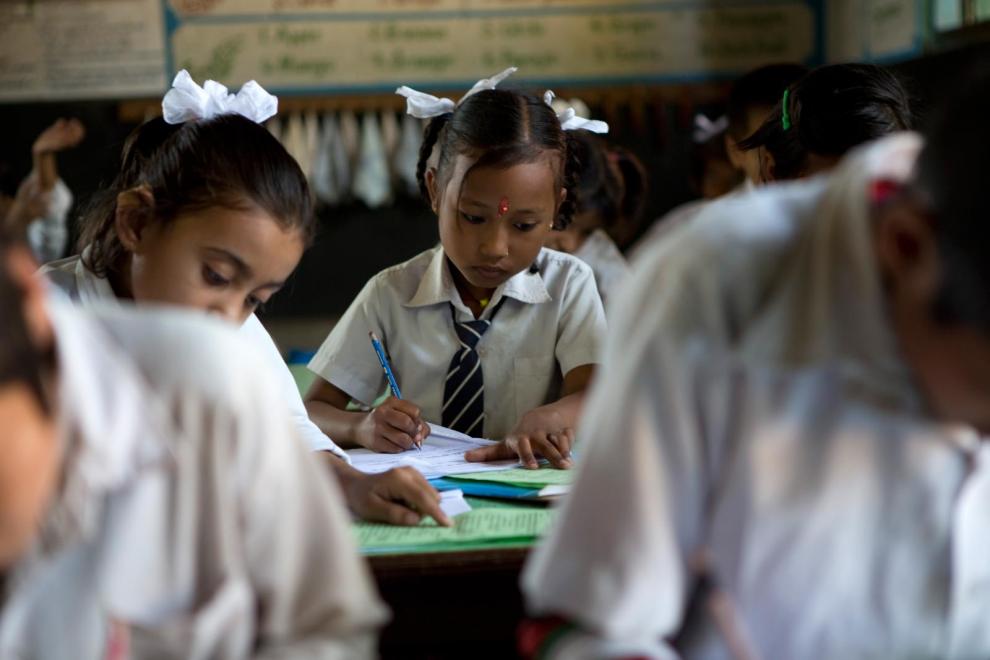Education is the cornerstone of a prosperous society. Yet millions of underprivileged children in India lack access to quality education. Establishing a free school for these children can be a transformative step towards creating a more fair future.
This blog of Fikrah shows – A comprehensive guide on how to start a free school for underprivileged children in India.
A guide on how to start a free school for underprivileged children in India:
Research and Planning
Begin by conducting thorough research on the educational needs of the target community. Understand the local demographics, educational infrastructure, and challenges faced by underprivileged children. Collaborate with local NGOs, community leaders, and educational experts to assess the feasibility and sustainability of the project.
Formulating a Vision and Curriculum
Develop a clear vision for the school that aligns with the educational requirements of underprivileged children. Design a comprehensive and inclusive curriculum that integrates both academic and extracurricular activities. Thus focus on practical skills, moral values, and holistic development. To empower students for a brighter future.
Legal and Regulatory Requirements
Understand the legal and regulatory framework for establishing a school in India. Obtain the necessary licenses and permissions from the appropriate authorities. Such as the State Education Department and the local municipal corporation. Follow the regulations outlined in the Right to Education Act. To ensure inclusivity and accessibility for all children.
Securing Funding and Resources
Create a detailed budget outlining the costs for infrastructure, teaching staff, educational materials, and operational expenses. Seek financial support from philanthropic organizations, corporate sponsors, and government grants. Utilize crowdfunding platforms and community fundraising initiatives to engage local and global supporters in your mission.
Infrastructure and Facilities
Identify a suitable location for the school that is accessible to the target community. Ensure the infrastructure is conducive to learning. Including well-equipped classrooms, libraries, playgrounds, and sanitation facilities. Focus on a safe and nurturing environment that fosters a love for learning and exploration.
Recruiting Dedicated Educators
Recruit passionate and qualified educators who are committed. To the cause of providing quality education to underprivileged children. Provide regular training and professional development opportunities to empower teachers with effective teaching methodologies. As well as a deep understanding of the students’ diverse needs.
Community Engagement and Sustainability
Foster strong ties with the local community by involving parents, volunteers, and stakeholders in the school’s activities. Implement sustainable practices to ensure the long-term viability of the school. Encourage active participation and collaboration to build a supportive ecosystem. That nurtures the growth and development of every child.
Click here to know more about “8 ways how education can help to eradicate social evils”
Conclusion
Starting a free school for underprivileged children in India is a noble endeavor that requires careful planning, dedication, and a strong commitment to educational empowerment. By following these steps, you can create a transformative educational space that uplifts the lives of countless children, paving the way for a brighter and more equitable future for all.

